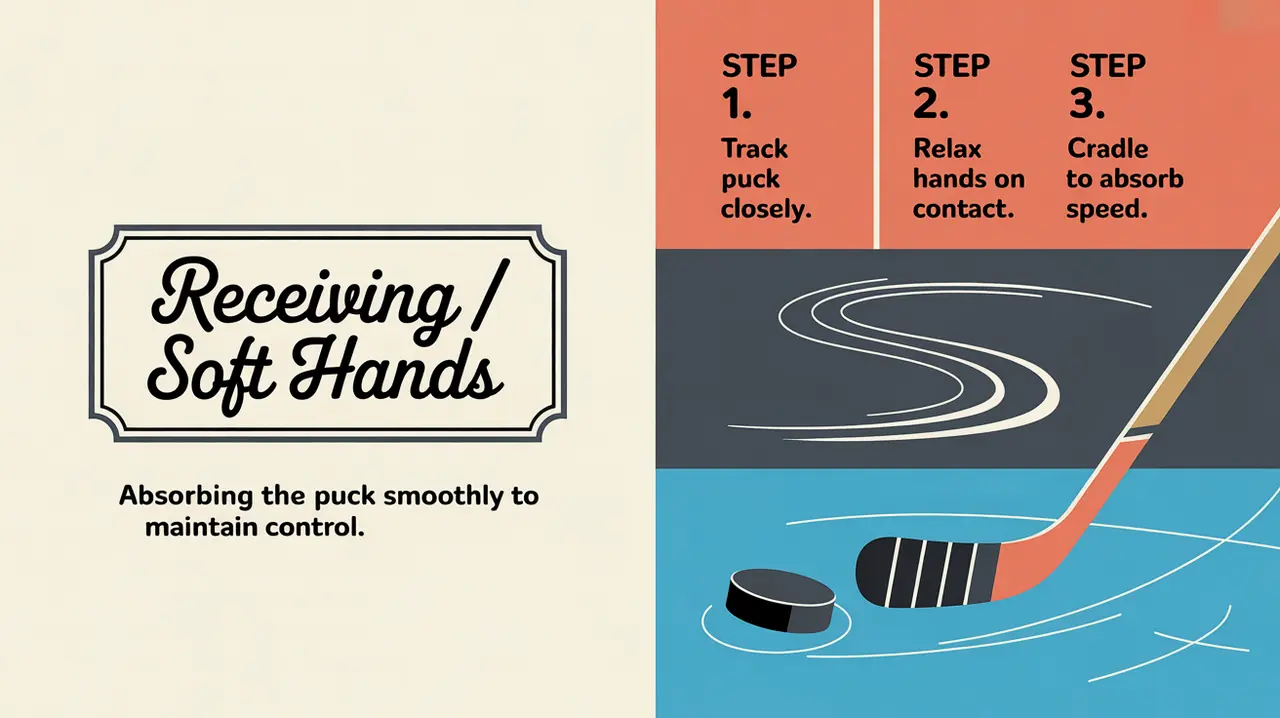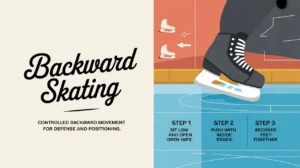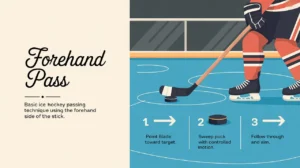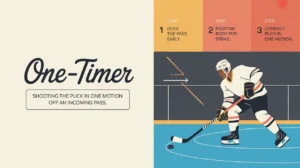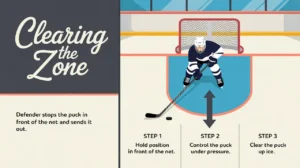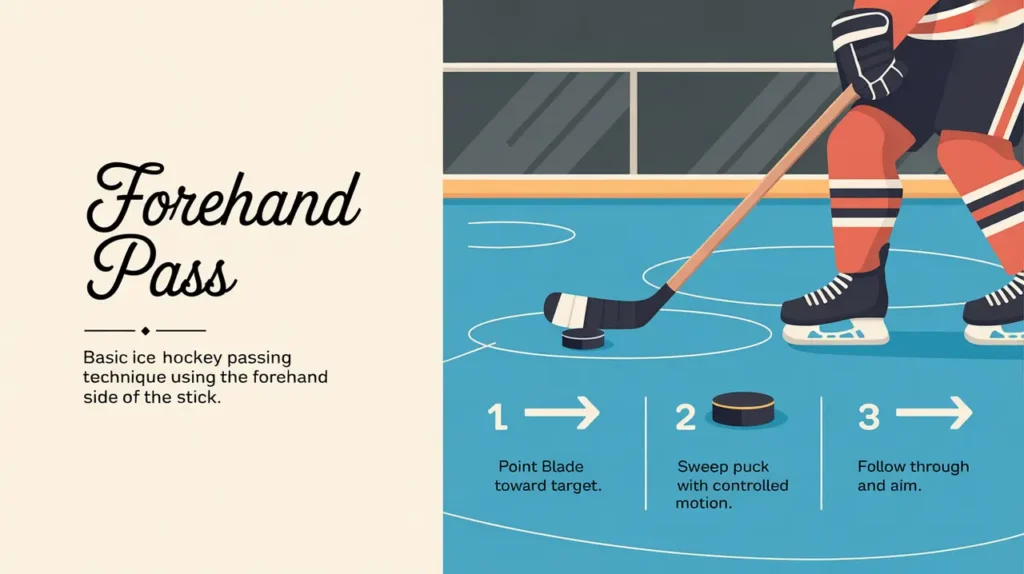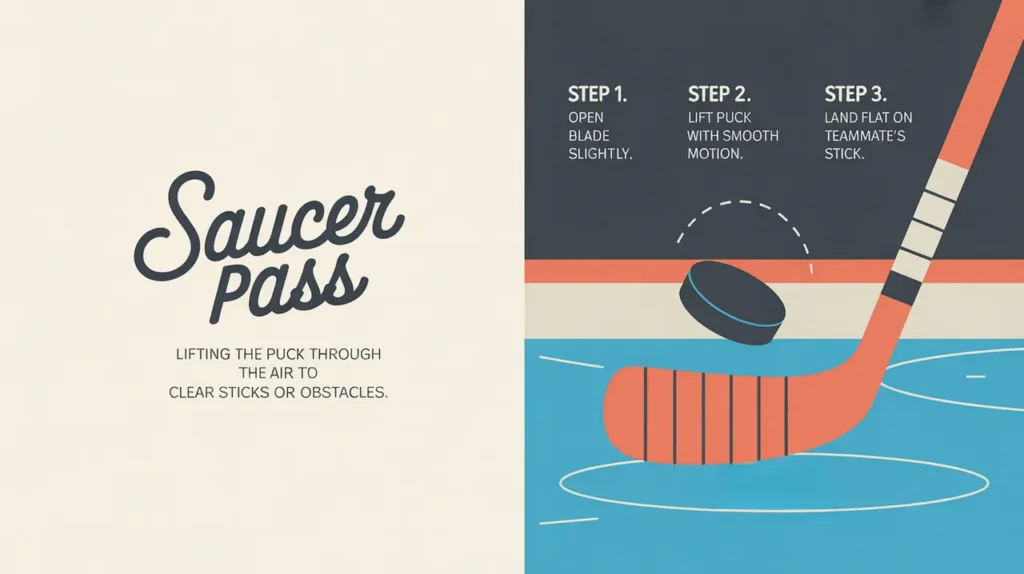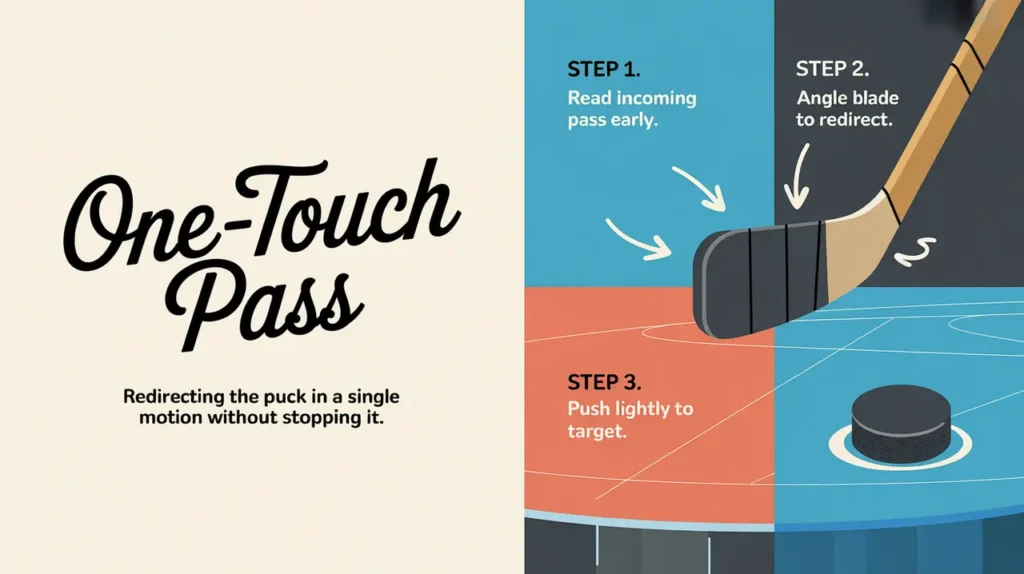Jim’s Intro to Receiving / Soft Hands
Hi folks, Jim here, the only commentator who once believed that the secret to soft hands in hockey was Jell-O and cocoa butter.
What is receiving / soft hands?
Receiving a pass with soft hands is the skill of absorbing the puck’s momentum smoothly to gain control without a bobble. It’s essential for maintaining possession, setting up plays, and making quick decisions under pressure.
How does it work?
Receiving a pass cleanly relies on stick control, timing, and a light touch:
- Stick on the Ice: Present a clear target for your teammate.
- Blade Angle: Keep the blade slightly closed to cradle the puck.
- Soft Hands: Loosen your grip and let the stick give a little on impact, like cushioning a catch.
- Absorb the Puck: Pull back slightly as the puck arrives to take off its speed.
- Head Up: Track the puck as it comes in, but be ready to look up immediately after control.
- Body Position: Stay balanced so you’re ready to pass, shoot, or move right away.
How do you make good decisions with it?
- Anticipate the Pass: Read your teammate’s body language and stick positioning.
- Know Your Next Move: Decide whether you’ll pass, shoot, or skate before the puck gets there.
- Adjust Blade Angle for Speed: Harder passes need a softer touch and more give.
- Communicate: Call for passes and keep your stick available.
- Be Adaptable: Not every pass is perfect. Learn to handle off-target pucks calmly.
How do you master it?
Mastering soft hands requires repetition and sensitivity drills. Players practice receiving passes at different speeds and angles, often using board passes or partner drills. Working with golf balls or weighted pucks helps refine touch and control.
What does it look like when done right?
Elite receivers make hard passes look easy. The puck arrives, nestles quietly on the blade, and the player flows right into the next action without hesitation.
Commentator’s Corner
Jim’s Take
I’ve seen beautiful rushes die on stone hands. Great players make the puck feel like it landed on a pillow.
Parent Tip
Set up simple passing drills at home or in practice. Repetition builds the feel needed for soft hands.
Player Tip
Relax your grip, keep your blade square, and let the puck come to you. Absorb it rather than stopping it forcefully.
A Final Thought
Receiving with soft hands is the glue of great hockey. Master it, and every pass you touch will flow smoothly into the next play like it was scripted.

